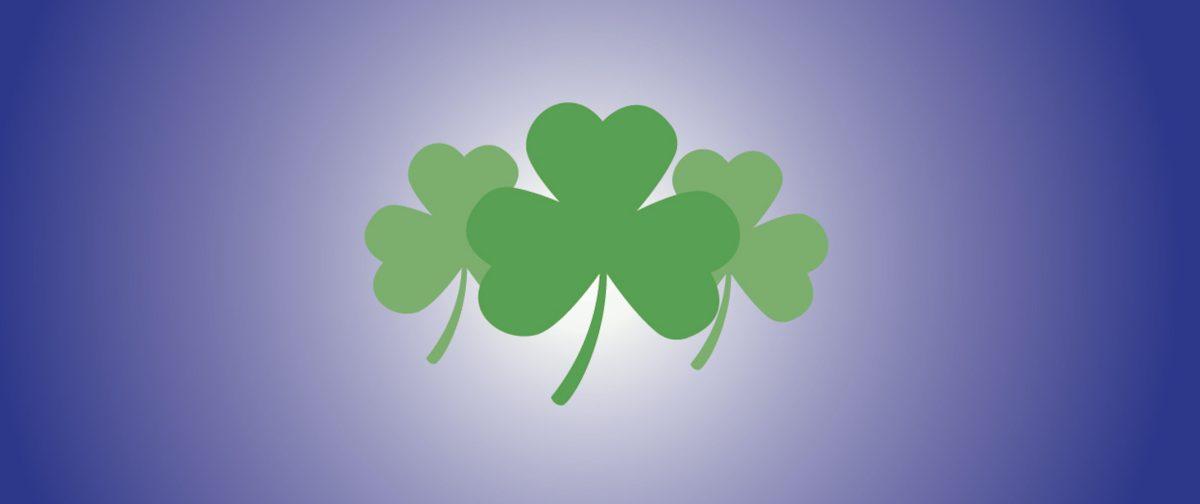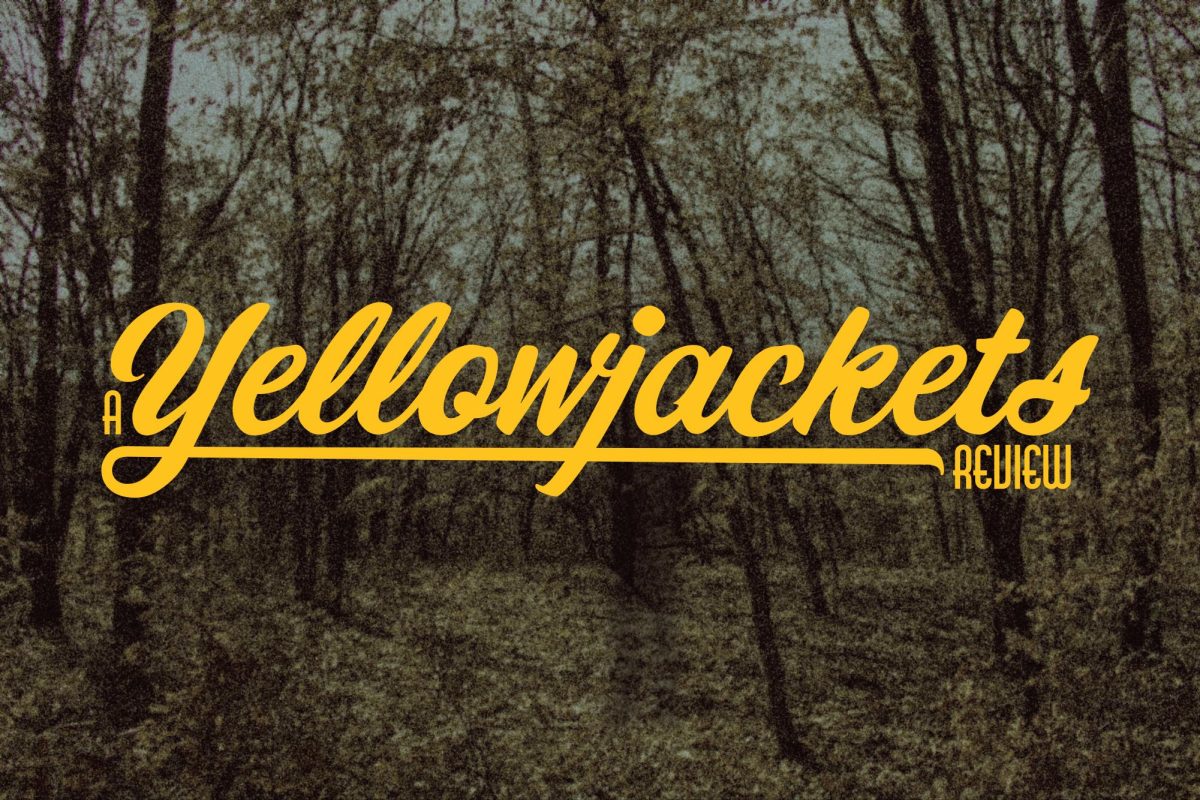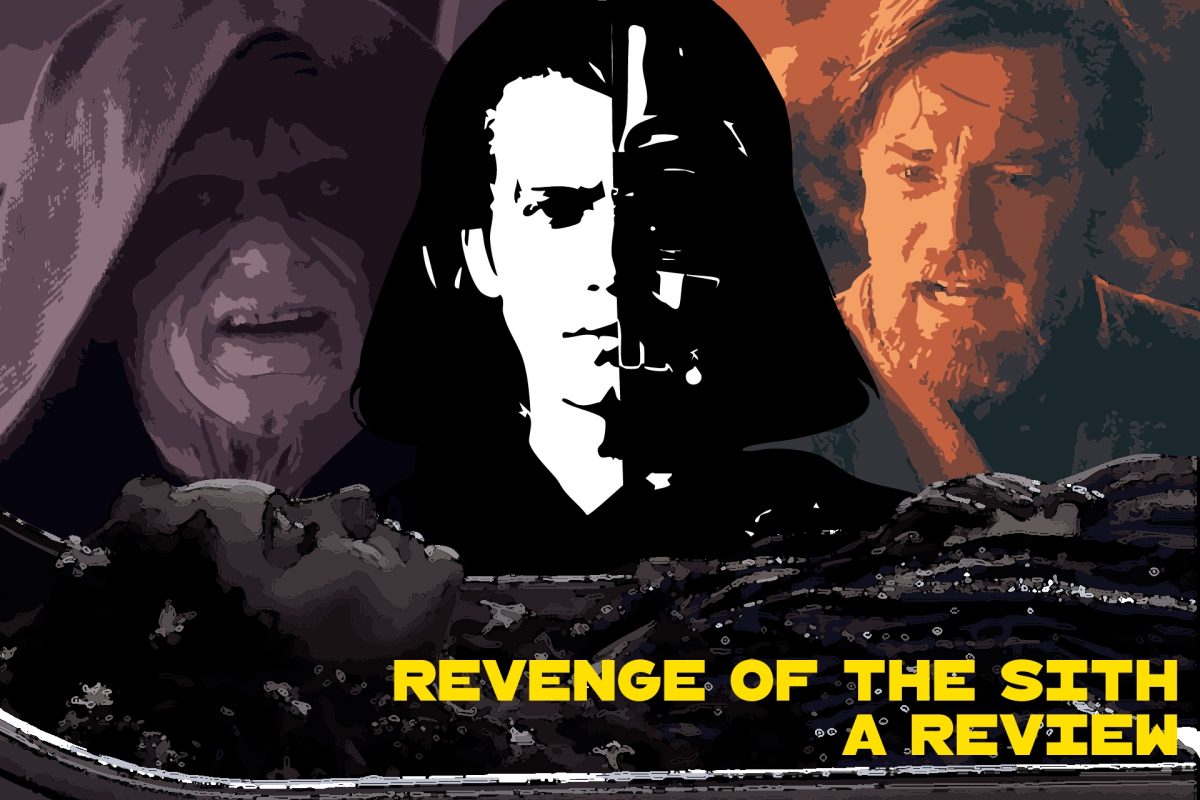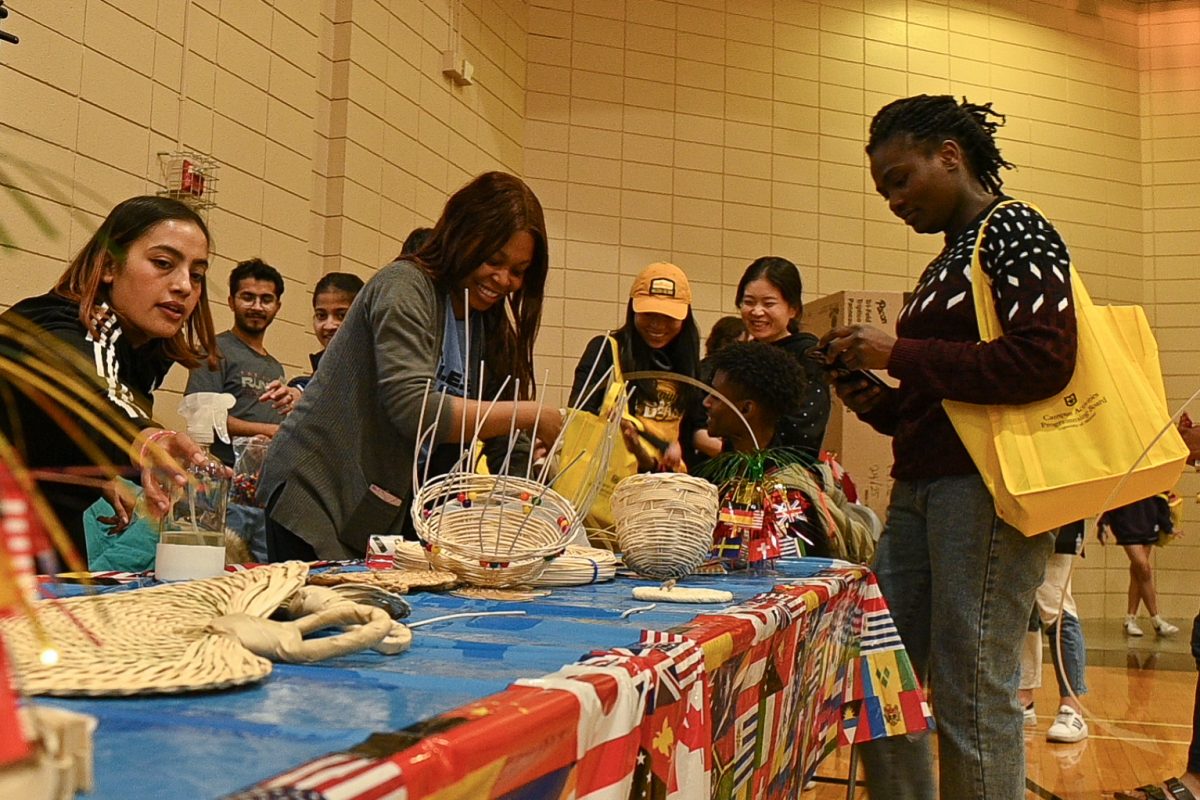On March 17, the world will be donning green, throwing back Guinness and searching for four-leaf clovers. St. Patrick’s Day is a beloved holiday, not only in the U.S., but across the globe.
While many people have memories of pinching friends for not wearing green and hearing stories about rambunctious leprechauns, the origin of these superstitions is not well known.
It’s important to acknowledge the true reason for St. Patrick’s Holiday: a day to celebrate Irish heritage. Over the past few centuries, the misunderstanding and manipulation of Irish traditions has led to harmful stereotypes toward Irish people. It’s important to celebrate St. Patrick’s Day with respect to Irish culture and history.
Wearing green or blue:
Many people most likely grew up wearing green every St. Patrick’s Day to avoid being pinched, but it’s not well-known why green is the main color for this holiday. According to tradition , leprechauns could not see a person if they wore green, so they couldn’t pinch them. However, the pinching tradition is more of an Americanized tradition than an authentic Irish one.
However, the color green does have a special significance to the history of the so-called “Emerald Isle,” as Ireland has been called. Wearing green signified involvement in the movement against British colonization of Ireland and was a nod to the Catholic population.
The more accurate color to wear for St. Paddy’s Day is blue, specifically the national color of Ireland: St. Patrick’s blue. Images of St. Patrick himself depict him wearing blue, and knights of the Order of St. Patrick also donned the color. The shade can be found today in service medals, Ireland’s coat of arms, and as one of the sporting colors for the University College Dublin.
“Drowning the shamrock”:
Shamrocks are the universally recognized symbol of St. Patrick’s Day. The plant is believed to be a magical good luck charm St. Patrick used to explain the Holy Trinity to the Irish pagans.
In Ireland, they have a tradition of “drowning the shamrock” that supposedly originated from St. Patrick. The tradition involves a shamrock being dunked in a glass of whiskey. After the person had drunk all the whiskey, they threw the shamrock over their left shoulder.
Avoiding green food:
Dyeing your foods and drinks a green hue for St. Patrick’s Day is not an actual tradition from Ireland. In fact, green food has some not-so-lucky history in Ireland, where it is possibly linked to the Great Famine. During the famine, Irish people had to resort to eating grass and would have a green-dyed mouth as a result.
While many associate delicious treats such as McDonald’s Shamrock Shake with the holiday, a more authentic celebration would fall in a different direction. In Ireland, Irish bacon is usually dined on for the holiday.
Refrain from intoxication:
Along with green and shamrocks, alcohol is notoriously associated with St. Patrick’s Day. But in Ireland, drinking and the holiday didn’t go together until recently in an effort to please tourists. St. Patrick’s Day usually occurs during Lent, a religious time to cut down on overindulgences. Bars used to be closed on the holiday, with participants celebrating by going to church.
Unfortunately, the stereotype of excessive drinking in Irish culture has had harmful effects, including labeling Irish individuals as violent drunks. It is important to remember this day is for celebrating Ireland and its patron, St. Patrick, so refraining from drinking too much is respectful.
Leprechauns:
Ireland’s most famous creature from its folktales is undoubtedly this mischievous fairy with a penchant for his pot of gold. In the U.S., we recognize the creatures from their place on our cereal boxes and in the green hats we see every March.
In Ireland, leprechauns have been fable figures that teach children to respect others’ property and the dangers of acquiring wealth quickly. Belief in fairies used to be very common in Ireland, but, over the years, leprechauns have resorted more to a generally beloved mythical creature. They also wear red instead of green in Irish myth.
Besides paying homage to these fun superstitions and traditions, try learning more about the beautiful culture of Ireland this St. Paddy’s Day. It is a stunning land full of rich history, folklore and traditions just waiting to be explored.
Edited by Shannon Worley, sworley@themaneater.com







